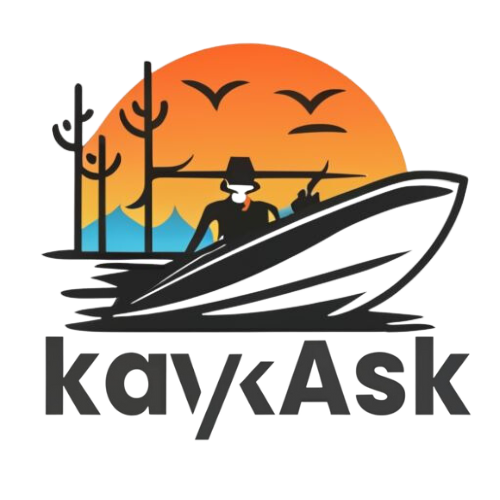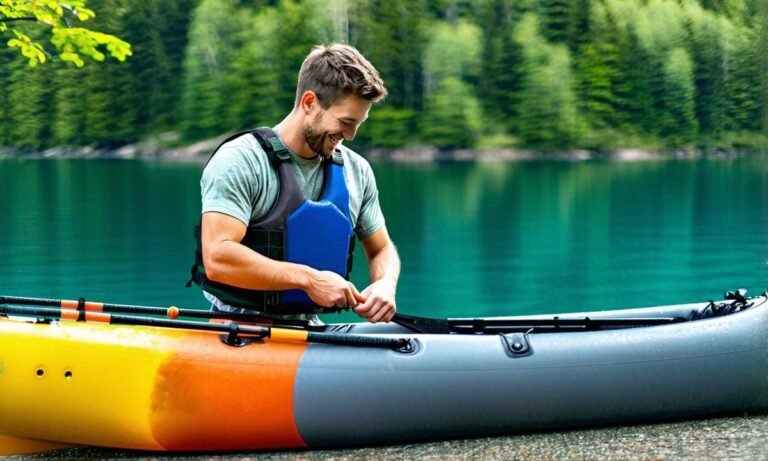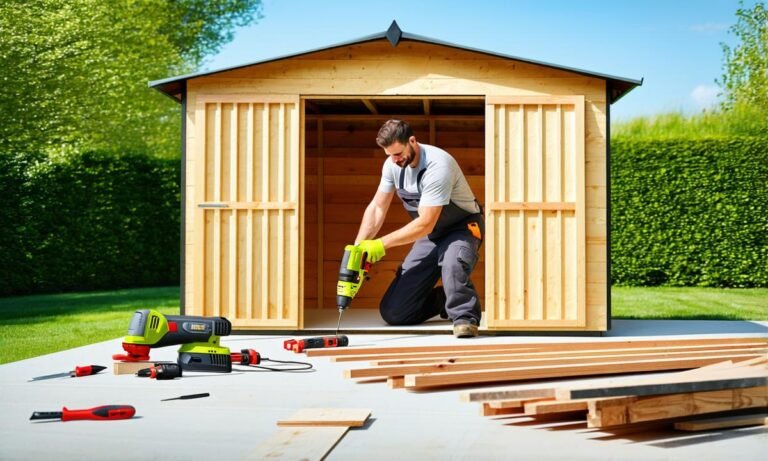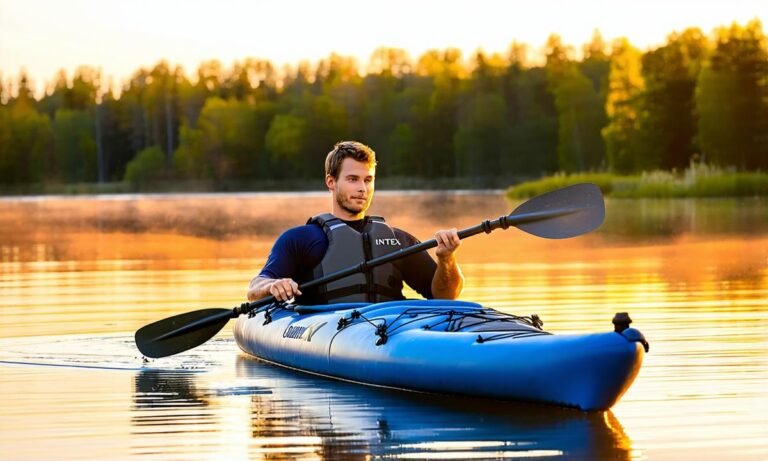Stand Up Paddleboard vs Kayak: Which is Best for You?
Choosing between a stand up paddleboard and a kayak can feel overwhelming. Both offer unique experiences on the water, but which one truly shines for your needs? Let’s break down the differences that matter most.
The main difference lies in the experience each offers. Stand up paddleboards provide balance and an engaging workout, while kayaks deliver stability and ease of paddling. Each has distinct advantages depending on your skill level and desired adventure.
Stay tuned as I share tips to help you make the best choice for your next outing. You’ll want to consider various factors, from comfort to gear options, before making a final decision.
Stand Up Paddleboarding or Kayaking: Which is Right for You?
Deciding between stand up paddleboarding (SUP) and kayaking can come down to your personal preferences, activity goals, and lifestyle. Both activities promise outdoor fun, but they cater to different needs. Let’s break down the essentials that will help you choose the right option.
First, consider your physical fitness level and comfort with balance. SUP requires more core strength as you maintain an upright position while paddling. Many people enjoy it for its full-body workout benefits. If you’re looking to enhance your balance skills while enjoying a unique perspective of the water, SUP may be ideal.
Conversely, if you prefer stability and ease of movement on the water, a kayak might serve you better. Kayakers can sit comfortably in their boats, allowing for extended trips without tiring easily. This makes kayaking a suitable choice for families or individuals who want a leisurely experience without worrying about falling off into the water.
Your preference in scenery also matters when deciding. Stand up paddleboards provide an unobstructed view of marine life beneath the surface as well as stunning panoramic vistas around you. If wildlife observation is high on your priority list, you’ll appreciate this aspect of SUP.
| Feature | Stand Up Paddleboard | Kayak |
|---|---|---|
| Positioning | Standing Upright | Sitting Down |
| Skill Level Required | Moderate Balance Skills Needed | Less Skill Required – Easy Entry Level Options Available |
“The beauty of experiencing nature by being directly above it cannot be matched,” says Julie D., an outdoor enthusiast from California.
If you’re focused on socializing during outings, both activities offer group options, but they shine differently here too. Paddleboarding often fosters interaction among participants due to proximity and shared experiences. In contrast, kayaking might feel more serene since many kayakers prefer quiet explorations alone or within small groups amidst tranquil waters.
The variety in locations where each sport thrives also plays a role in making your decision easier.
Paddleboards thrive on calm lakes or coastal areas with gentle waves,
while kayaks navigate through rapid rivers or rougher terrains more efficiently.
If eco-friendliness is significant to you,
then note that both activities generally have low environmental impact compared to motorized boating,
but taking care during launch sites minimizes additional damage.
Your final choice should align closely with what excites you most—whether it’s balancing workouts alongside beautiful views or…
5 Key Differences Between SUP and Kayaks for Beginners
The choice between stand up paddleboarding (SUP) and kayaking can fundamentally affect your water experience. Understanding the key differences will help you find what suits your style best.
1. Positioning on the Water
In a kayak, you sit low in the boat with your legs extended, providing excellent stability. This position allows for more ease during longer trips. In contrast, when using a paddleboard, you stand upright which engages different muscle groups.
2. Learning Curve
Paddleboarding often requires some initial balance skills that beginners may struggle with at first. In contrast, many find kayaks easier to learn since they have a lower center of gravity.
3. Gear Requirements
- Paddleboards typically need only a board and a paddle.
- Kayaking gear includes the boat, paddles, personal flotation devices (PFDs), and sometimes additional safety equipment like sprayskirts for rough conditions.
4. Types of Water Conditions Suitable for Each Activity
If you’re venturing onto calm lakes or rivers without strong currents, both options work well. However, as water conditions become choppier or include rapids, kayaks excel due to better design features that handle waves effectively.
| Feature | Stand Up Paddleboard (SUP) | Kayak |
|---|---|---|
| Best Use Location | Calm surfaces – lakes & coastal areas | Rivers & open waters – handles rapids imposed by weather events easily! |
“Whether you are looking to unwind or push your limits on the water, both activities offer unique rewards,” says Dave H., an outdoor instructor based in Oregon.
5. Social Interaction Opportunities
Paddleboarding promotes closeness among participants due to its social nature while maneuvering side by side is common in group outings.
Conversely, kayaking fosters quieter explorations where individuals may prefer solitude or small gatherings amid serene settings.
Advanced Techniques to Master: SUP vs. Kayak Paddling Skills
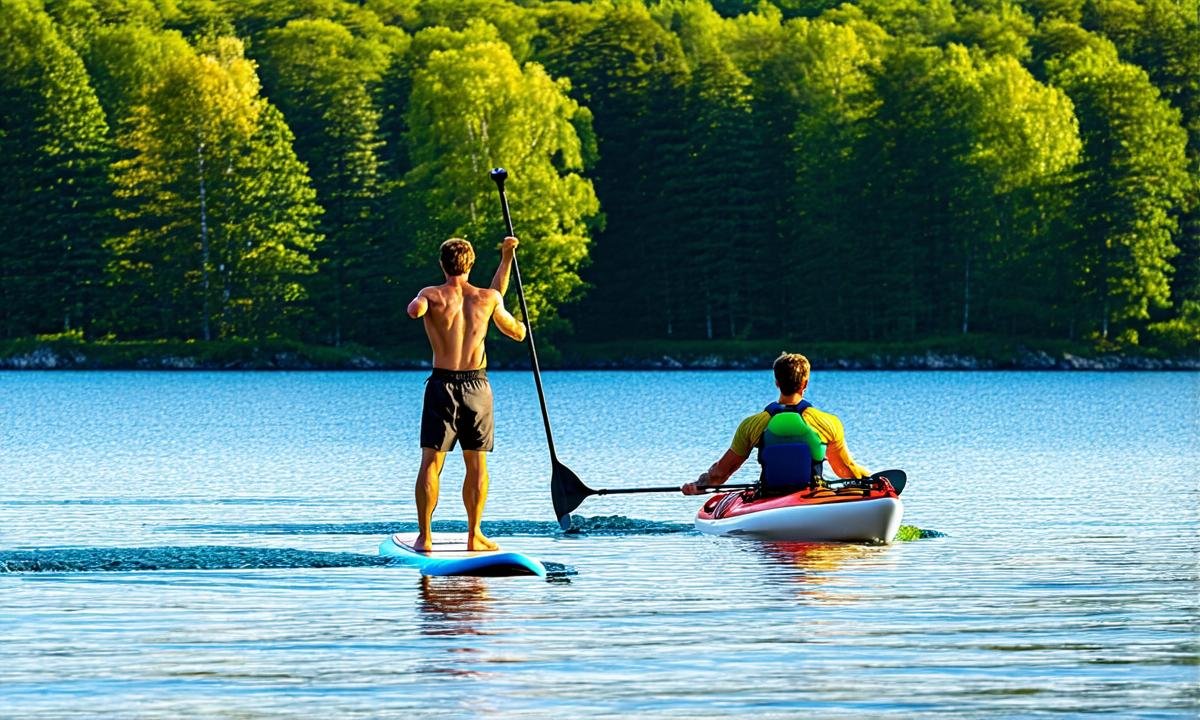
Improving your paddling skills can transform your experience on the water, whether you’re on a stand up paddleboard (SUP) or in a kayak. Each activity has unique techniques that enhance performance and enjoyment.
Mastering Balance and Core Strength for SUP
Paddleboarding fundamentally relies on balance. For those looking to improve their technique, incorporating core strengthening exercises off the water will yield benefits. Yoga is particularly effective, enhancing stability and flexibility.
A simple exercise includes holding a plank position while balancing on one foot—this mimics the conditions of paddling while standing. Gradually increasing the duration builds endurance.
“A strong core translates into better balance and control on the water,” advises health coach Sarah J., who specializes in fitness for outdoor sports.
A good tip is to practice slower paddle strokes when starting out. This allows you time to adjust and correct your stance without immediately losing balance. As confidence grows, start experimenting with faster strokes that engage different muscle groups.
Sleek Stroke Techniques for Kayaking
The essence of efficient kayaking lies in mastering proper stroke technique. A powerful forward stroke not only moves you effectively but also reduces fatigue over time. Focus on using your torso rather than just your arms; this creates stronger propulsion with less energy effort.
- The Sweep Stroke: Used primarily for turning, sweep strokes involve drawing an arc away from the boat’s hull as you paddle backward.
- The Draw Stroke: Perfect for moving sideways, pull directly toward yourself at a right angle to give quick direction changes without much hassle.
| Technique | Purpose | Best Practices |
|---|---|---|
| Forward Stroke | Moving Forward Quickly | Use torso rotation & keep elbows bent |
| Sweep Stroke | Turning | Steps toward final destination based upon outside factors acting towards safety precautions. |
“Effective paddling combines speed with comfort,” said Brian K., an experienced kayaker who leads local workshops focused on improving skills amid various landscapes.
FAQs
What are the main health benefits of paddleboarding?
Paddleboarding offers a full-body workout, enhancing core strength and balance. It also promotes cardiovascular fitness as you engage various muscle groups while paddling, making it an excellent option for physical well-being.
Which is more suitable for calm waters?
Stand up paddleboards excel in calm lakes and gentle coastal areas due to their stability when standing. They provide a relaxing way to enjoy scenic views without strong currents or waves disrupting your experience.
Can families enjoy both activities together?
Yes! Both paddleboarding and kayaking can accommodate families. Kayaking provides stability for younger kids, while stand up paddleboarding allows shared experiences close together, fostering bonding during fun outings on the water.
